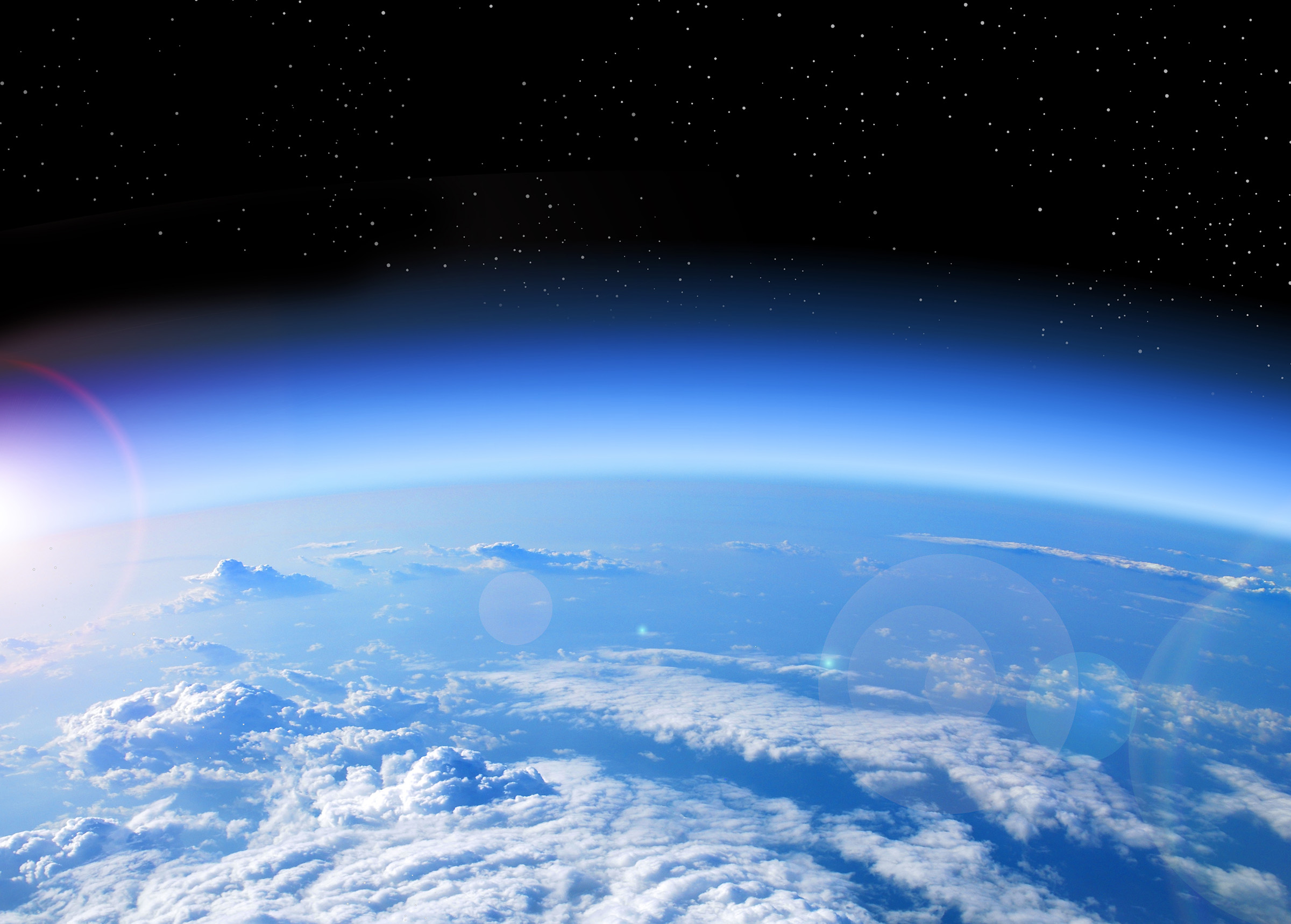The ozone layer is one of the most important parts of our planet’s atmosphere. As a result, keeping the ozone intact and with as few holes as possible has been a goal of the science community for many years now. Despite some healing of one of the more well-known ozone holes, auroras may have just opened yet another ozone hole, according to a new study.
Researchers published a study in Scientific Reports. According to that study, a certain type of aurora can make holes in the ozone layer. The ozone is a protective layer in our atmosphere that protects the Earth from the harmful radiation that the Sun unleashes. Without that layer there, the Earth would suffer greatly and perhaps even become inhabitable without any kind of rebuttal.
For the most part, nature can render holes in the ozone layer. We saw this when scientists discovered a permanent hole in the ozone layer that might affect half the world’s population, and there have long been concerns over how climate change might affect the ozone, too. Perhaps one of the least likely sources of holes in the ozone layer, though, was auroras.

These beautiful displays often wow people, when they take to the night sky, lighting up the atmosphere, as radiation from the Sun mixes with that of our planet. While beautiful, these phenomena also appear to have an unfortunate ability to blast massive holes in our ozone layer, too.
According to the new study, which was published earlier this year, scientists saw changes of up to 10 to 60 percent of the ozone layer directly beneath certain auroras being destroyed within 90 minutes of the phenomenon starting. While the addition of any new holes in the ozone layer is always cause for concern, scientists say that those holes in the ozone made by auroras will heal naturally.
And, as such, they shouldn’t pose any long-term danger to the planet, or to the ongoing fight against climate change. With global temperatures constantly on the rise, and the threat of the sea level rising up to 1.6 feet if Arctic glaciers melt, the world feels like it is on a precipice for disaster. Thankfully, any decline in the ozone layer seen from auroras shouldn’t add to that.








